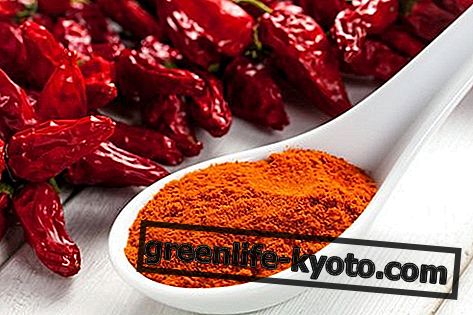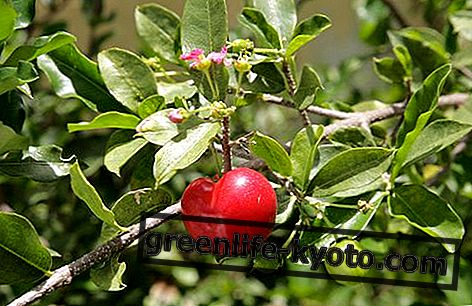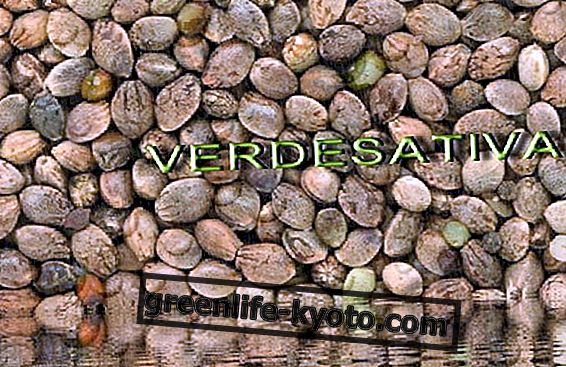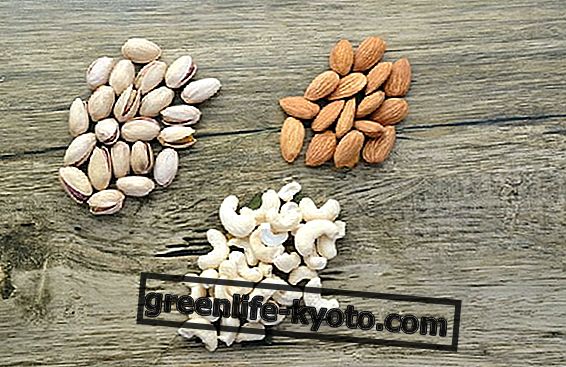Amaranth is a pseudocereal suitable for celiacs, vegetarians and vegans. Discover the properties, the nutritional values, how to prepare it.
Amaranth is a plant that has several species belonging to the Amaranthaceae family . Among the origins of his name is the Greek amarantos which literally means " that does not wither ". Let's find out more about its properties and nutritional values.

Properties and benefits of amaranth
Amaranth is completely gluten-free, so it is a food suitable for those suffering from celiac disease.
Being very rich in fiber and particularly digestible, it is useful for those suffering from intestinal problems and is also suitable for feeding young and old children .
It is very rich in high quality protein and is a valuable ally for those who decide to follow a diet free of meat and animal derivatives.
It contains a very high content of lysine and guarantees an excellent intake of iron, calcium, phosphorus and magnesium. It also contains B and C group vitamins, aspartic acid, arginine, serine, alanine and glutamic acid. Amaranth is called pseudo cereal and represents a valid alternative to cereals.
Calories and nutritional values of amaranth
Amaranth is particularly energizing; 100 grams bring about 371 calories .
In addition, 100 g of amaranth contain:
- Lipids 1.6 g
- Sodium 6 mg
- Potassium 135 mg
- Glucides 19 g
- Dietary fiber 2.1 g
- Proteins 3.8 g
- Calcium 47 mg
- Iron 2.1 mg
- Pyridoxine 0.1 mg
- Magnesium 65 mg
They say about him
According to studies carried out on the ancient populations of Central America, amaranth was, together with corn and quinoa, the fundamental food for Aztecs and Incas . It is therefore a food used since ancient times even if, for many years, it has been put on the back burner.
Rediscovered in the sixties in the United States, today it is cultivated all over the world. Rich in nutrients, its properties are still little known in some countries, including Italy. It is also used for ornamental purposes.
Amaranth, ally of
Intestine, colon, immune system.
Amaranth is among the foods for celiacs, discover others

Curiosity about amaranth
- Amaranth has been considered sacred by many populations. The ancient Romans believed that it removed bad luck and envy. The Greeks thought it was the plant of friendship and all eternal feelings.
- Between the seventeenth and nineteenth centuries it was used as an ornament for clothes because it was given the power to give physical well-being.
- Amaranth leaves are much richer in iron than seeds (already very rich) and can be cooked in the same way as spinach.
A recipe up your sleeve
You can make amaranth popcorn . Amaranth, in fact, when heated in a pan, behaves just like corn and bursts.
Amaranth should never be combined with protein-rich foods, such as eggs or dairy products, because it contains an already high portion. It should be cooked in boiling water for about an hour, usually two parts of water are needed for each part of amaranth. Salt should be added at the end. When cooked, the amaranth must be tender, but still crunchy.
It is good to let it rest for a few minutes with the heat off, before serving. It is excellent seasoned with caramelized tomatoes, capers, olives and a tablespoon of extra virgin olive oil. In general, however, it goes well with all seasonal vegetables .













